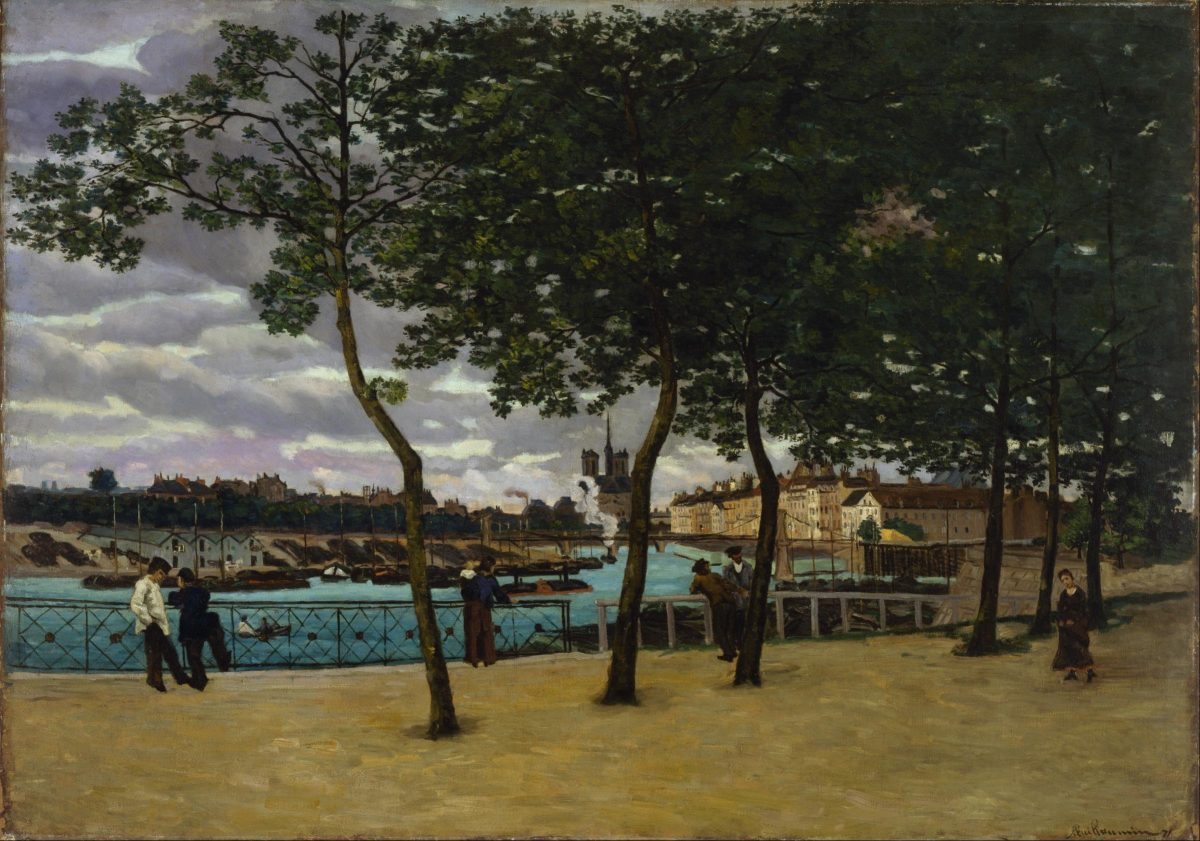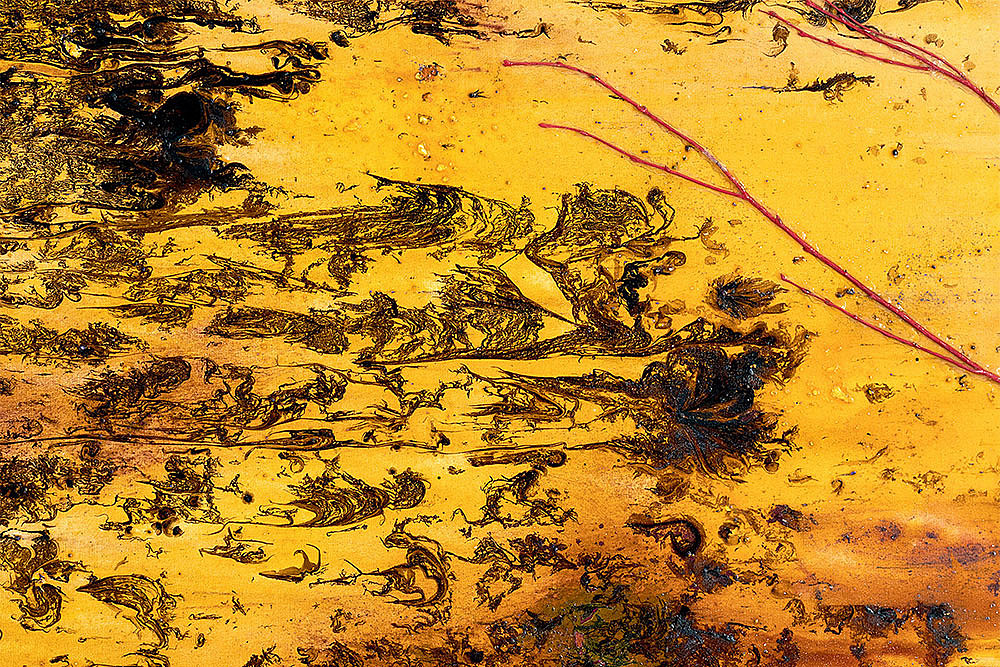On 10 April, South Korea went to the polls to elect a new National Assembly. President Yoon Suk Yeol and his conservative People’s Power Party (PPP) suffered a surprise defeat at the hands of the progressive Lee Jae-myung and his Democratic Party (DP). With a turnout of 67%, the DP’s coalition captured 176 out of 300 possible seats, while the PPP took only 108. Yoon is now a lame duck, with little power to pass bills through the DP-controlled legislature. He is promising a complete cabinet reshuffle and a new political approach to restore credibility. Lee is basking in his victory, yet he is also under increasing pressure to live up to his campaign pledges.
Lee was born into a poverty-stricken family in Andong, eastern Korea, in 1964. At age thirteen his family moved to a planned industrial city outside Seoul and he worked as a child laborer in a rubber factory, where an industrial press crushed his wrist and left him permanently disabled. This incident, he says, inspired his decision to become a labour lawyer and engage in left-wing politics. Having worked as a DP spokesman after the 2008 election, he served as mayor of Seongnam from 2010 to 2018 and then as governor of Gyeonggi Province (the most populous region in the country). His election campaign touted the popular social-democratic reforms he implemented in both places, as well as his close relationship with the trade union movement. Lee foregrounded the cost-of-living crisis and workers’ rights, promising to reduce the working week by half a day while expanding welfare for women, children and the elderly. He argued in favour of geopolitical neutrality and diplomatic engagement with North Korea and China.
Yoon, a famed prosecutor who led the corruption investigation that toppled the former president Park Geun-hye in 2017, struck a different note. He described Korea as an underdog nation which has prospered through hard work, giving rise to world-class conglomerates like Samsung and Hyundai. He stressed the importance of unfettering the private sector and accused his opponent of being a corrupt crypto-communist with sympathies for North Korea. While Lee called for state intervention to curb inflation, Yoon organized a council of businessmen and banking representatives to deal with rising prices. In the run up to the vote, Yoon made a televised trip to a grocery store where he let slip that he did not know the price of green onions – a staple of the Korean diet. After the clip went viral, Lee began to don a crown made of green onions at his campaign stops. In the end, both parties cruised to victory in their respective strongholds. The richest neighborhood in Korea, Gangnam district, remained dominated by the PPP, while the DP took left-wing constituencies like Gwangju, the birthplace of Korea’s Democratization Movement. Yet the opposition triumphed overall by winning the swing voters in key urban districts.
Lee’s candidacy was dogged by scandal, amid accusations that he had given favours to land developers in exchange for bribes during his mayoral tenure. To his supporters, this was a politically-motivated investigation driven by Yoon and his allies in the judiciary (at one point the president said that he would personally prosecute his opponent if he had the chance). Even so, the charges created an opportunity for Lee’s opponents on the right of the DP to try to oust him as leader, albeit unsuccessfully. They also prompted Lee’s former chief of staff to take his own life, citing the pressure of the case in his suicide note. As the controversy raged, Lee was subject to a lone-wolf assassination attempt, stabbed in the neck during a public meeting earlier this year.
Lawfare has a long history in South Korea. Since 1987, when the dictatorship collapsed following a massive protest movement led by students and workers, the country’s democratic system has been volatile. Six former presidents and prime ministers have spent time in jail. Some of these arrests were widely supported by the public – as with President Park – while others, such as the impeachment of President Roh in 2004, caused widespread outrage. In many cases, litigation has been used to repress the left. Given the legacy of the Korean War and the effects of military conscription, it is difficult to declare oneself a socialist in South Korea without facing immense scrutiny and possible imprisonment. To give just one example, in 2014 a newly formed left-wing party, the Unified Progressives, performed surprisingly well in the Assembly elections, whereupon its leaders were immediately accused of helping North Korea to plan an invasion and jailed for treason. The party was subsequently banned.
A loophole for progressive politics, however, can be found in South Korea’s unusually militant trade unions, which have a high level of popular and institutional legitimacy. The largest union grouping, the Federation of Korean Trade Unions (FKTU), wields significant power. And the more radical Korean Confederation of Trade Unions (KCTU) has become a model for labour organizing throughout Asia, drawing on its experience of the Democratization Movement and training its members in a variety of protest tactics. Throughout his presidency, Yoon has tried his best to crush this movement. He made international headlines in 2023 for his failed attempt to extend the working week from 52 hours to 69 hours, provoking a standoff with the FKTU and the KCTU, and he has taken a hard line on the ongoing doctor’s strike, threatening to fire those who walked out in protest against the government’s plan to expand medical school acceptance rates.
Yet the most decisive confrontation between Yoon and organized labour came at the end of 2022, when he broke a truckers strike led by the KCTU, sending 2,5000 of them back to work and prosecuting some of the organizers. Yoon, who likened the picket to a nuclear attack by North Korea, saw his approval ratings rise in the wake of the incident, as many people feared the economic damage that the strike would inflict. This emboldened him to launch another anti-union crusade the following spring, targeting the construction unions under the KCTU umbrella. Alleging that ‘illegal bribes’ and other forms of corruption were damaging productivity, Yoon proceeded to go after union members with legislation typically reserved for organized criminals. A total of 2,863 union members were labelled offenders; 102 were arrested and prosecuted.
The following May Day, Yang Hoe-dong, a KCTU member who was facing prosecution, set himself on fire outside the courthouse right before his trial. In a widely circulated letter written shortly before his death, Yang described the humiliation he felt at being compared to a criminal, and suggested that the Yoon government was no better than Korea’s past dictatorships. This sparked a summer of union activism and public demonstrations of a kind that had not been seen since the mobilizations against Park in 2016. The Yoon administration faced off against the KCTU and its allies in other social movements. Mass protests, walkouts and clashes with police were common.
Yang’s suicide evoked the memory of Jeon Tae-Il, the 22-year-old labourer who self-immolated in 1970 to protest the cruel working conditions imposed by the dictatorship. Although the government tried to cover up his death, Tae-Il became a martyr who inspired a wave of clandestine labour organizing led mostly by female garment workers. This episode is implicated in two competing narratives of Korea’s twentieth-century history. The first holds that Tae-Il’s protest was a wake-up call for activists across the country which eventually led to the collapse of the military regime, opening the way for social progress and democratization. The second claims that Korea’s economic success and global prestige were underpinned by the dictatorship’s industrialization policies, which the labour movement opposed on self-interested grounds. Today, Lee represents the former position, Yoon the latter.
The recent election results indicate that Lee’s narrative is in the ascent. The president’s strike-breaking has undermined his popular mandate, while his opponent has benefitted from partnering with the unions. Now, the question for the Korean left is how to consolidate the gains of the strike wave and use the DP’s control of the National Assembly to its advantage. Lee’s attitude towards the unions over the coming months will say much about his political outlook. Will he be receptive to the labour movement, or will he adopt a more top-down bureaucratic approach? So far, Lee has walked a tightrope between the populist rhetoric of a Sanders or a Corbyn and the liberalism of his DP predecessor Moon Jae-in. Which of these tendencies will win out remains to be seen. In recent years there has been a leftward turn in Korean culture, with directors from the generation of pro-democracy activists such as Bong Joon-Ho and Park Chan-Wook dramatizing issues like inequality, working conditions and state repression. Progressive currents are gaining ground. Might they soon find their way into the halls of power?
Read on: Kevin Gray, ‘Political Cultures of South Korea’, NLR 79.









